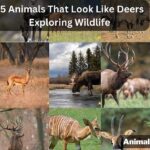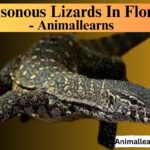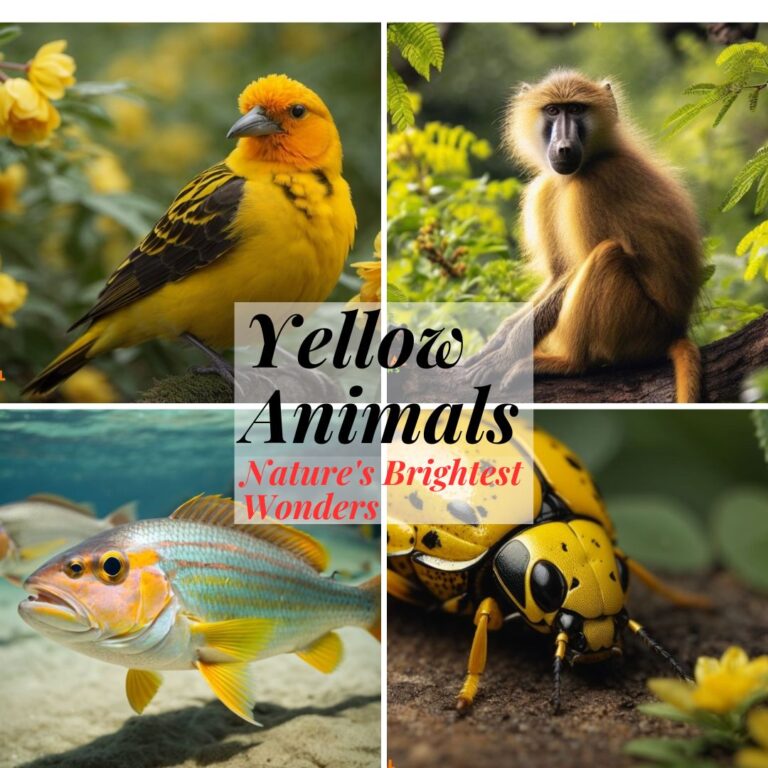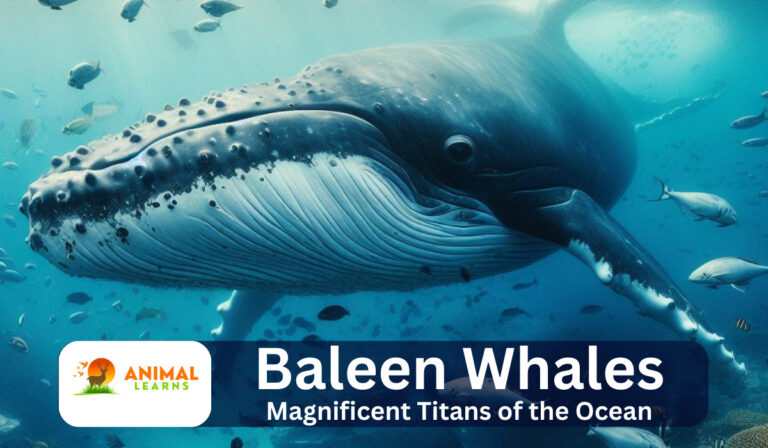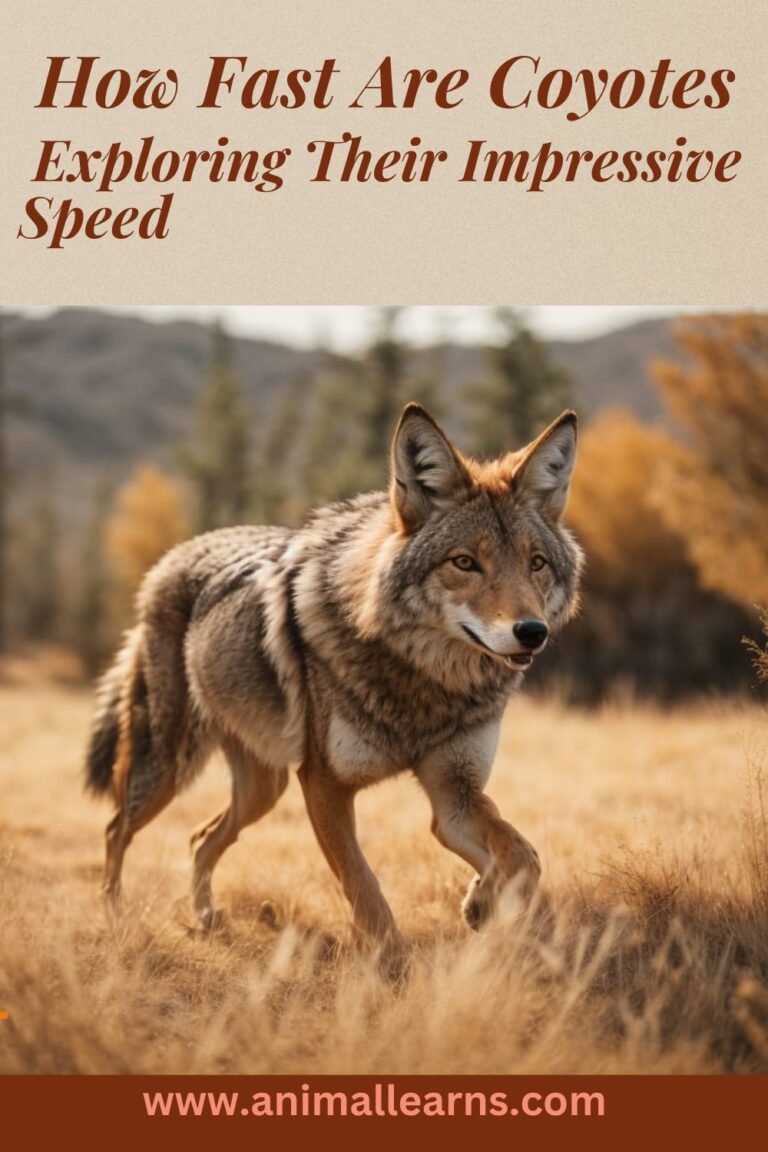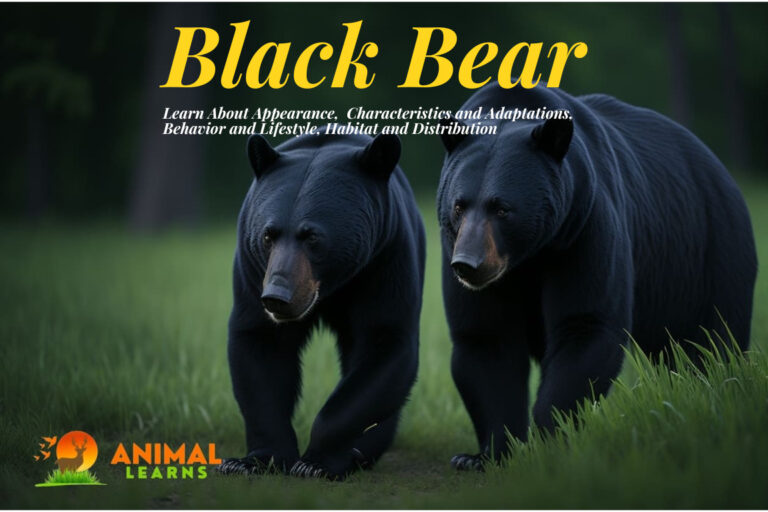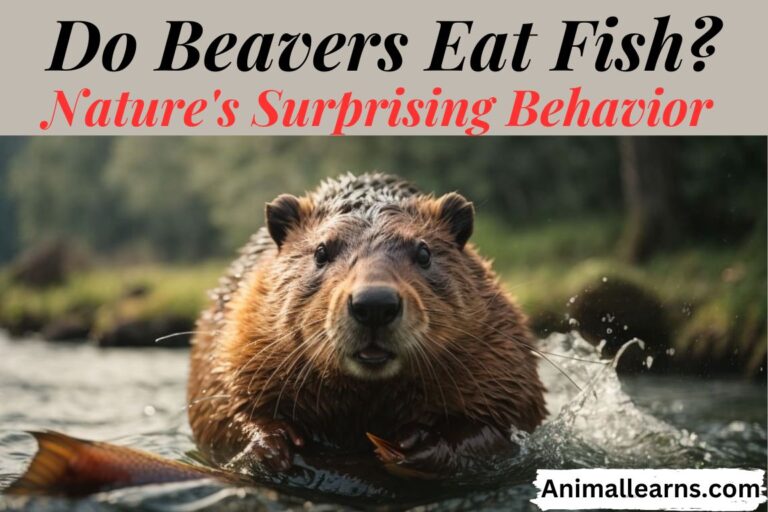15 Animals That Slither: Amazing Animals On Earth

Animals that slither aren’t limited to just snakes; there are other creatures that move in similar ways too. Nature’s diversity shines through the intricate movements of animals that slither like serpents, animals that crawl such as salamanders, and animals that jump, such as frogs highlighting the remarkable adaptability of the animal kingdom.
Slithering is a way of moving forward that many legless animals, like snakes and worms, use. But did you know that some animals with legs can also slither?
Lizards are one example of legged reptiles that can slither, among other ways of moving. Slithering is not just about movement; it also reveals some interesting facts about these animals.
Animals are incredibly diverse, and the way they move often reflects their unique adaptations. Besides snakes, there are several creatures that can slither. For instance, legless lizards, such as the Angus species, exhibit a slithering motion similar to snakes, yet they are distinct in various ways.
These animals are known for their elongated bodies and the way they move, making them fascinating subjects for study. While snakes and legless lizards are among the animals that slither, many others have developed different methods of locomotion to adapt to their specific environments
Animals That Slither
- Lizard (some species)
- Eel
- Worm (e.g., earthworm)
- Slug
- Caecilian (a legless amphibian)
- Legless lizard
- Slowworm
- Glass lizard
- Amphisbaenian (worm lizard)
- Serpentiform fish (e.g., ribbonfish)
- Sea cucumber (moves like a snake underwater)
- Blind snake (a type of legless lizard)
- Sea slug (nudibranch)
- Ropefish
- Anguis (a type of legless lizard)
Lizard (Some Species)
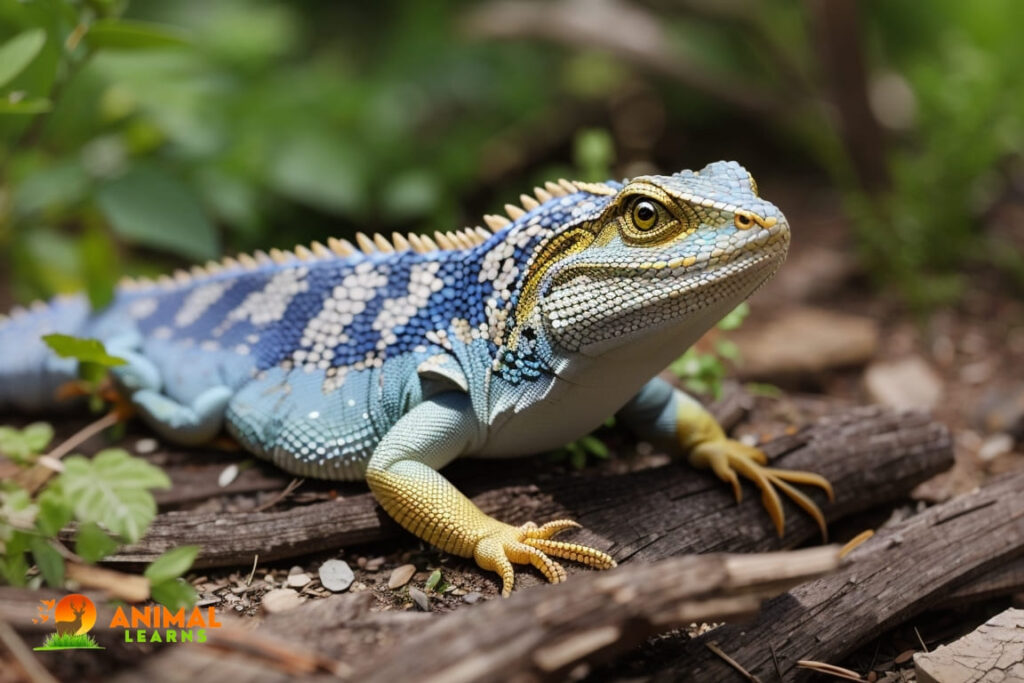
| Characteristics | Description |
| Classification | Reptile |
| Habitat | Various habitats, including deserts, forests, and grasslands |
| Movement | Crawling or slinking movement using their limbs or body |
| Diet | Insectivorous, herbivorous, or carnivorous, depending on the species |
| Notable Species | Examples include the Komodo dragon, chameleon, and gecko |
| Unique Features | Scales, diverse colors, and the ability to regrow lost tails |
Lizards are amazing reptiles that live in different places around the world. They have scaly skin and can move fast using their legs or their whole body. Lizards come in many shapes, sizes, and colors.
Some of them, like the chameleon, can even change their color to blend in or communicate. They eat different things depending on what they can find, such as insects, plants, or meat.
Eel
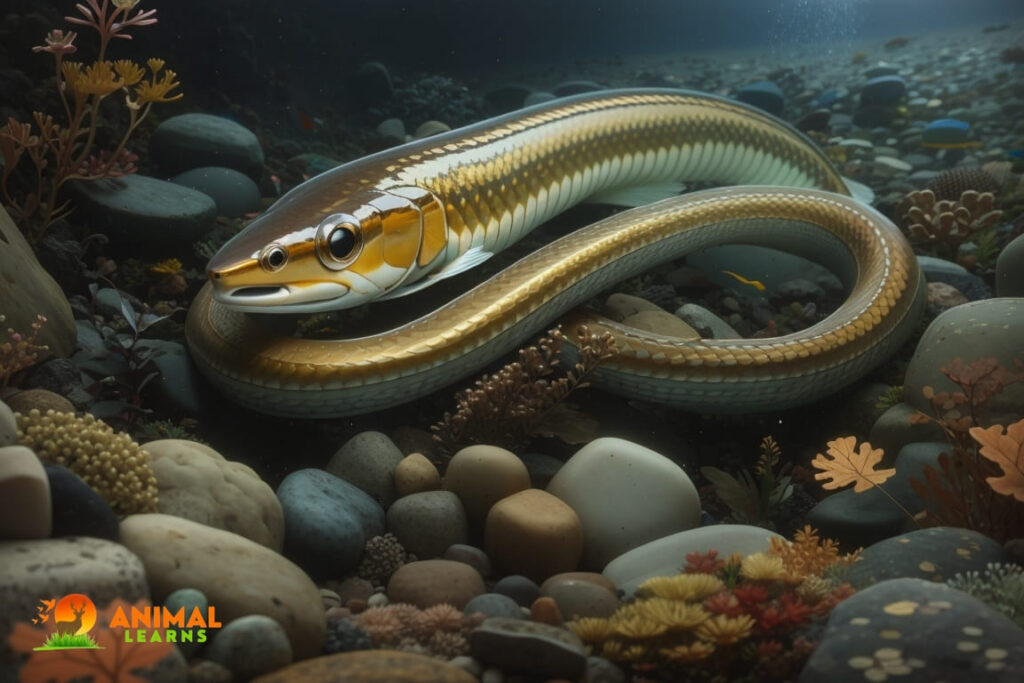
| Characteristics | Description |
| Classification | Fish |
| Habitat | Freshwater and marine environments |
| Movement | Serpentine movement, slithering through water |
| Diet | Predatory, feeding on fish, crustaceans, and small invertebrates |
| Notable Species | European eel, American eel, and electric eel (unrelated to true eels) |
| Unique Features | Elongated, snake-like body and smooth, scaleless skin |
Eels are a kind of fish that have long, slimy bodies and look like snakes. They swim through water by making waves with their body. They can live in freshwater or salt water and are mostly hunters, eating fish, crabs, and other small animals.
Some eels are very famous, like the European eel and the American eel, but the electric eel is not a real eel at all.
Worm (e.g., Earthworm)

| Characteristics | Description |
| Classification | Invertebrate |
| Habitat | Soil, leaf litter, and decomposing organic matter |
| Movement | Slithering or crawling using a segmented body |
| Diet | Detritivores, feeding on decomposing plant material |
| Notable Species | Earthworms, flatworms, and roundworms |
| Unique Features | Soft, elongated body with numerous segments |
Worms are animals that have no bones and long, soft bodies. They have many segments that help them move and breathe. They are often found in dirt, leaves, and rotting things.
Worms, like earthworms, are good for the soil because they eat dead plants and make holes that let air and water in.
There are many kinds of worms, such as flatworms and roundworms, that have different features and roles in nature.
Slug

| Characteristics | Description |
| Scientific Name | Various species within Gastropoda |
| Habitat | Damp and moist environments |
| Movement | Slithering using a slime trail |
| Reproduction | Hermaphroditic |
| Diet | Herbivorous, feeding on plants |
Slugs are a type of mollusk that have no shell and belong to the same group as snails. They have a soft body that slides along the ground, using a wave-like motion of their muscular foot.
They leave behind a trail of slime that helps them move and protects them from drying out. Slugs can mate with any other slug because they have both male and female parts.
They like moist places and eat plants and decaying matter. Animals that slither exhibit a fascinating variety of movements and adaptations in the animal kingdom.
Caecilian (a legless amphibian)

| Characteristics | Description |
| Scientific Name | Order Gymnophiona |
| Habitat | Tropical regions, underground |
| Movement | Slithering or burrowing with body rings |
| Reproduction | Viviparous, giving birth to live young |
| Diet | Carnivorous, feeding on invertebrates |
Caecilians are amazing amphibians that have no legs and look like worms or snakes. They are not related to reptiles but to frogs and salamanders. They live mostly in warm places and hide under the soil or in wet places.
They have special tentacles on their head that help them sense their surroundings. They are meat-eaters and hunt for small animals like worms and insects.
Legless Lizard

| Characteristics | Description |
| Scientific Name | Various species within lizard families |
| Habitat | Varied, including grasslands and forests |
| Movement | Slithering or crawling with angular motion |
| Limbs | Absent limbs, but eyelids and ear openings |
| Diet | Carnivorous, feeding on insects and prey |
Legless lizards are reptiles that have lost their legs over time and look like snakes. But they are not snakes, and you can tell them apart by some features. For example, legless lizards have eyelids and ears, while snakes do not.
They also move differently, with more bends and twists in their body. Legless lizards eat other animals, like bugs, mice, and lizards.
Slowworms

| Characteristics | Description |
| Family | Anguidae |
| Habitat | Europe and Asia |
| Appearance | Legless lizard |
| Color | Brown or grayish |
| Defense | Tail autotomy |
Have you ever seen a slowworm? If you have, you might have thought it was a snake. But slowworms are not snakes at all. They are actually lizards that have lost their legs over time.
Slowworms belong to the Anguidae family of reptiles, which includes other legless lizards like glass lizards and worm lizards.
Animals That Slither exhibit a fascinating variety of movements and adaptations in the animal kingdom. Slowworms can be found in some parts of Europe and Asia, where they live in grasslands, woodlands, and gardens. They have long, slender bodies covered with smooth, shiny scales.
They come in different shades of brown or gray, and they have distinctive patterns on their heads. Unlike snakes, slowworms have eyelids that blink, and they can detach their tails to escape from predators.
Glass Lizards

| Characteristics | Description |
| Family | Anguidae |
| Habitat | North America, Europe, Asia |
| Appearance | Legless reptile |
| Fragile Tail | Tail can break off |
| Diet | Insects, small vertebrates, vegetation |
Another member of the Anguidae family is the glass lizard, which also looks like a snake but is not one. Glass lizards are named after their tails, which can break off very easily when they are grabbed or attacked.
The broken tail can wriggle and distract the enemy, while the glass lizard escapes. However, unlike slowworms, glass lizards are not true lizards. They are more closely related to alligator lizards and plated lizards.
Glass lizards can be found in various regions of North America, Europe, and Asia, where they inhabit forests, grasslands, and deserts. They have moveable eyelids and external ear openings, which snakes lack. They feed on insects, small vertebrates, and plants.
Worm Lizards

| Characteristics | Description |
| Family | Various |
| Habitat | Worldwide (especially in warm regions) |
| Appearance | Cylindrical, legless body |
| Vision | Reduced or absent eyes |
| Diet | Insects, small invertebrates |
Imagine a reptile that looks like a worm, but has scales and teeth. That’s a worm lizard, a legless creature that lives underground. Worm lizards are part of the Anguidae family, which also includes slowworms and glass lizards. But unlike them, worm lizards do not resemble snakes at all.
They have round, segmented bodies that help them burrow in the soil. They have very small or no eyes, as they do not need them in the dark. Worm lizards can be found in many places around the world, such as Africa, South America, and North America.
They eat insects and other small animals that they find in their tunnels. Animals That Slither have amazing ways of moving and adapting in the animal kingdom.
Ribbonfish

| Characteristics | Description |
| Family | Various (e.g., Trachipteridae for ribbonfish) |
| Habitat | Oceans worldwide |
| Appearance | Elongated, ribbon-like body |
| Diet | Small fish, crustaceans |
| Swimming | Agile and fast swimmers |
Ribbonfish are not reptiles but fish that have a snake-like appearance. They belong to a group of fish called serpentiform fish, which includes other elongated fish like oarfish and hagfish.
Ribbonfish can be found in oceans around the world, where they swim in deep or shallow waters. They have long, thin bodies that shimmer like ribbons in the light.
They also have large mouths with sharp teeth that they use to catch smaller fish and crustaceans. Ribbonfish are fast and agile swimmers that can twist and turn their bodies to hunt their prey.
Sea Cucumbers
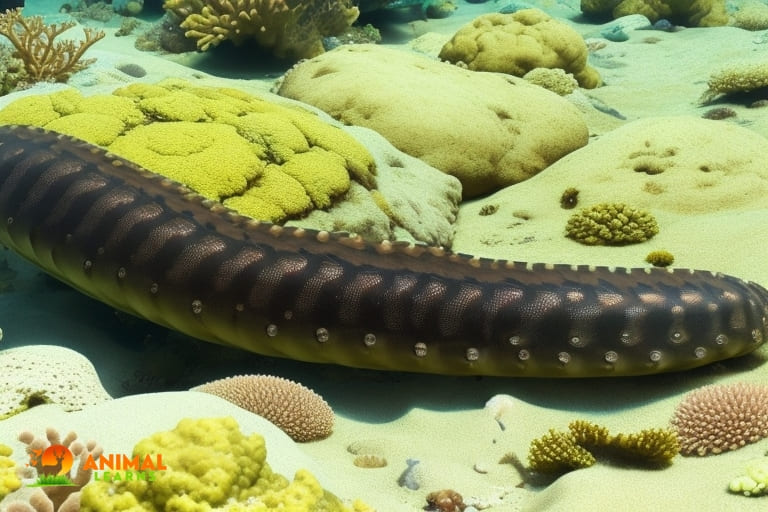
| Characteristics | Information |
| Class | Holothuroidea |
| Habitat | Marine environments |
| Movement | Sinuous, snake-like crawling |
| Ecological Importance | Detritivores, recycle nutrients |
What do you get when you cross a cucumber and a snake? A sea cucumber, of course! These are not vegetables, but marine animals that belong to the Holothuroidea class of echinoderms.
Sea cucumbers have long, soft bodies that can bend and twist in different directions. They use their tiny tube feet to crawl on the ocean floor, looking like snakes slithering in the water.
Sea cucumbers are important for the marine environment, as they help to break down organic matter and recycle nutrients.
Blind Snakes
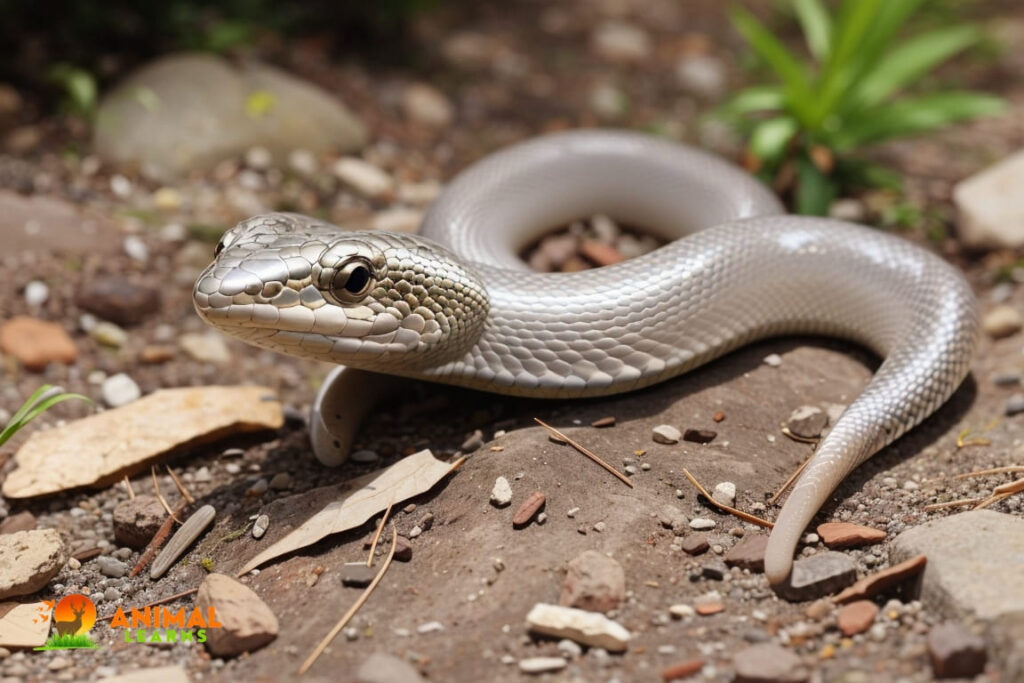
| Characteristics | Information |
| Family | Typhlopidae |
| Habitat | Underground burrowers |
| Movement | Serpentine, snake-like |
| Sight | Poor or absent eyesight |
Have you ever seen a blind snake? If you have, you might have thought it was a snake. But blind snakes are not snakes at all. They are actually lizards that have lost their legs over time.
Blind snakes belong to the Typhlopidae family of reptiles, which includes other legless lizards like worm lizards. Blind snakes have thin, worm-like bodies and no eyes or ears, as they spend most of their time underground. They dig tunnels with their hard heads and move with a snake-like motion.
Sea Slugs
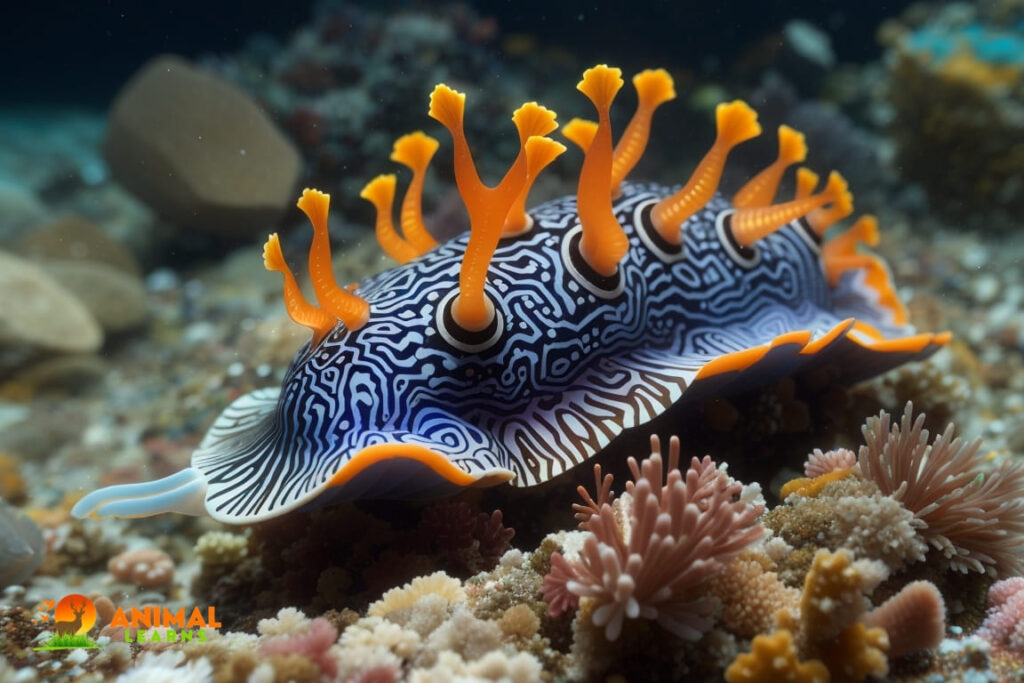
| Characteristics | Information |
| Class | Gastropoda |
| Habitat | Marine environments |
| Movement | Gliding, snake-like motion |
| Coloration | Bright and varied colors |
Have you ever seen a sea slug? If you have, you might have been amazed by its colors and shapes. Sea slugs are also known as nudibranchs, which means “naked gills” in Latin. They are marine mollusks that belong to the Gastropoda class within the mollusk phylum.
Sea slugs have no shells or bones, but they have beautiful patterns and structures on their bodies. They can move in different ways, including a gliding, snake-like motion when crawling on surfaces underwater.
Ropefish

| Characteristics | Information |
| Scientific Name | Erpetoichthys calabaricus |
| Habitat | Freshwater streams, rivers |
| Movement | Undulating, snake-like |
| Behavior | Nocturnal, social in groups |
Have you ever seen a ropefish? If you have, you might have wondered what it was. A ropefish is a rare freshwater fish that lives in West Africa. It belongs to the Polypteridae family of fish, which includes other eel-like fish like bichirs.
Ropefish have long, thin bodies with small dorsal finlets that look like ropes, giving them their name. They also have lungs and can breathe air.
Ropefish move with a smooth, undulating motion, similar to a snake, and are often kept as aquarium pets. Animals That Slither have amazing ways of moving and adapting in the animal kingdom.
Anguis

| Characteristics | Information |
| Family | Anguidae |
| Geographic Range | Europe, Asia |
| Movement | Slithering, lizard-like |
| Distinct Features | Eyelids, external ears |
Have you ever seen an anguis? If you have, you might have thought it was a snake. But anguis are not snakes at all. They are actually lizards that belong to the Anguidae family of reptiles, which includes other legless lizards like glass lizards and worm lizards.
Anguis have long, slender bodies, similar to snakes, but they have eyelids that blink and external ear openings, which snakes lack. Anguis species are often found in Europe and parts of Asia, where they live in grasslands, woodlands, and gardens.
Adaptations for Slithering and Sliding in Animals
Animals That Slither have evolved various adaptations for different forms of movement, including slithering and sliding. From the graceful undulation of the ropefish to the intriguing motion of sea cucumbers underwater, these adaptations allow animals to thrive in their specific environments.
Understanding the mechanisms behind how animals slide or slither sheds light on the incredible diversity of life on Earth and how creatures have evolved to move efficiently within their ecosystems.
Whether it’s a sea slug’s gliding or a legless lizard’s serpentine motion, each adaptation serves a unique purpose in the animal kingdom.
FAQs
What animal can slither?
Snakes, legless lizards, skinks, eels, caecilians, and some worms are examples of animals that can slither.
Can a dog slither?
No, dogs do not slither. They typically walk or run.
Do crocodiles crawl or slither?
Crocodiles crawl but do not slither. Their movement is more similar to crawling or swimming.
Do snakes slide or slither?
Snakes slither; they do not slide. Slithering is their primary mode of movement.
How do Animals That Slither Move?
Animals That Slither typically move by undulating their bodies in a serpentine or wave-like fashion, allowing them to glide smoothly along surfaces.


